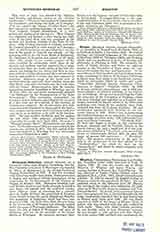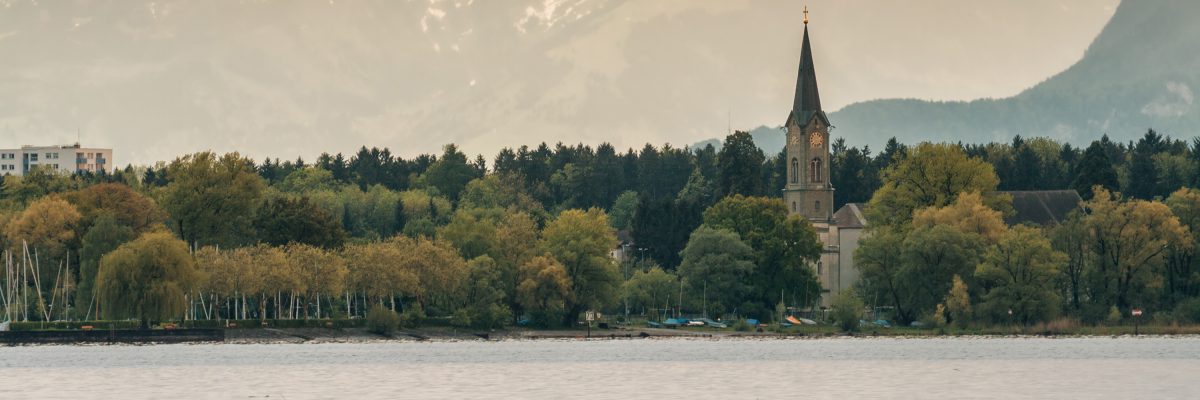

Wettingen-Mehrerau, ABBACY NULLIUS OF, a Cistercian abbey near Bregenz, Vorarlberg, Austria. The Cistercian monastery of Wettingen was founded by Henry of Rapperswyl in the present Canton of Aargau, Switzerland, in 1227.
It was first recruited with Cistercian monks from Salem (Salmannsweiler) in Baden, and continued without interruption till its suppression by the Government of the Canton of Aargau, January 13, 1841. Hereupon its abbot, Leopold Hochle, made several futile attempts to found a new home for himself and his scattered monks. After thirteen years of searching for a suitable place he finally obtained the permission of Emperor Franz Joseph to buy the partly dilapidated Benedictine monastery of Mehrerau, which had been suppressed in 1806. On October 18, 1854, this new home of the Cistercians of Wettingen was solemnly opened under the name of Wettingen-Mehrerau.
The abbot bears the title of Abbot of Wettingen and prior of Mehrerau, and has all the privileges of the former abbots of Wettingen. He exercises episcopal jurisdiction over the German convents of Cistercian nuns in Switzerland. Wettingen-Mehrerau is the only consistorial abbey of the Cistercians, that is, its abbot is the only Cistercian abbot who is preconized in a public consistory (see Mehrerau).
MICHAEL OTT


